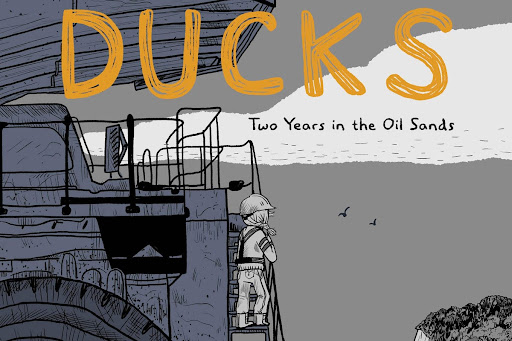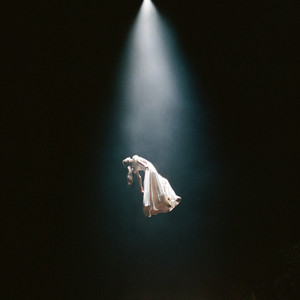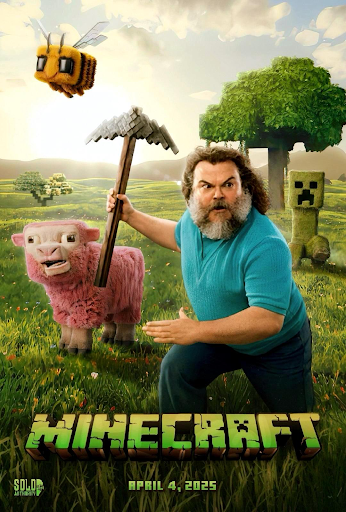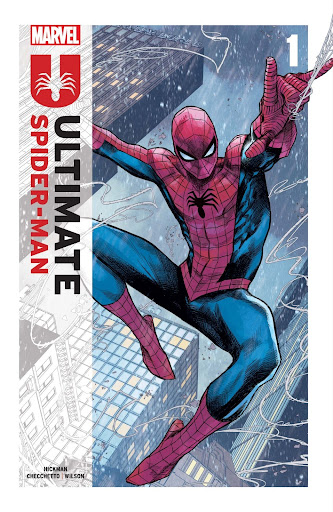‘Ducks Two Years in the Oil Sands’ Shows the Messiness of Humanity

Photo Courtesy of Forbes
“Ducks Two Years in the Oil Sands” is the best graphic novel I’ve read in quite a long time. Author, Kate Beaton provides a brutally honest yet emotionally impactful memoir that explores the messy and oftentimes conflicting nature of man to form not only one of the best graphic novels I have ever read but one of the best books I have ever read.
This story does not pull its punches. There are a lot of extremely heavy and hard-to-read topics at play here, including sexual harassment, sexual assault, environmental destruction, drug use, and more. This is not a story for the faint of heart and I think anyone interested in this book should be prepared for these subjects because they are very often hard to read even for the most stoic of readers.
“Ducks” follows Beaton’s experience working in the Canadian oil industry to pay off her student loans. According to Beaton, she only had $40,000 in loans, which only highlights how people on the lower end of the spectrum of student loans can still be fighting a massive uphill battle right after they get out of college. Life in the oil fields is not pretty, to say the least.
Beaton employs a more minimalistic art style than other graphic memoirs like “Fun Home” but that stylistic minimalism lends itself to hyper-expressive characters which help to heighten the emotions of a scene while also being visually appealing.
Beaton also utilizes black-and-white coloring with a slight blue wash that highlights the harsh and cold nature of the oil fields. Despite being in black-and-white, there doesn’t feel like anything is lost in the translation. I value good coloring in graphic novels a lot but in this context, the lack of color only helps enhance the book’s themes and the book would be worse if it were in full color.
Despite being a memoir, “Ducks” is not solely focused on Beaton. It also tells other stories that highlight the experiences of others in the oil fields through her perspective. This focus on human interaction helps to elevate the story and give it a wider purpose beyond just the experiences of Beaton. That isn’t to say she takes a backseat, however; she is still very much the central protagonist and this is still her story but the focus on others along with herself helps build a sense of community in the oil fields which only enhances the story’s most beautiful but also most tragic moments.
She goes to extensive lengths to show how life in these oil fields affects the people there with many of them being reduced to animals acting on primal instinct.
Throughout, she also shows the environmental impact of the oil fields with the most prominent example being the discovery of hundreds of dead ducks in the oil sands. These sands destroy, the environment along with the people working in them both mentally and physically so with the title of “Ducks,” Beaton alludes to how everyone working in the sands were like the ducks whose lives were destroyed by the oil sands.
By her own admission, Beaton wanted to expand her discussion on the environmental impact of the sands but I honestly think she struck the perfect balance between the environmental and interpersonal aspects.
At the end of the day, the people working in these fields don’t or can’t care or pay much attention to these issues because their jobs hinge on extracting oil. So I think putting more focus on them gives a more distinct and unique perspective and those little hints of the environmental impact help to give a wider picture to the story without beating you over the head.
The story very prominently features the near-constant sexual harassment and discrimination that Beaton endured. In the oil sands, only one in every 50 people was a woman and because of that, they were subjected to near animalistic behavior from the men.
From more overt harassment such as men lining up outside a building to get a look at her to more subtle remarks in everyday conversation, Beaton is constantly bombarded by misogyny to the point where it makes it hard to go about daily life.
“Ducks” also depicts two instances where Beaton is raped and while they are not gratuitous in their depiction; they are hard to read. These moments are disturbing and show how vulnerable she was in those moments and how they affected her.
I usually don’t get super emotional when engaging with storytelling let alone graphic novels, but these moments even now just thinking about them are hard for me to think about and process. I can’t even imagine how Beaton felt when they happened.
Many moments show the good in humanity which acts in stark contrast to those dark and vulnerable moments. These moments not only help flesh out the characters but also provide a much-needed light to contrast those dark moments. You will find that the book never gives you definitive answers to many of the questions it poses. It often cuts moments short to leave things unresolved and those questions unanswered.
Do the oil sands just reveal who people really are or do they just bring out the worst parts of people? She does not give us an answer to this because she doesn’t know herself.
She also shows how her life in the sands follows her even after leaving and how moments affected her later on through visual imagery and callbacks. Even in the final scene, you see how even when she escapes that life, her experiences in the sands will follow both her and others for the rest of their life.
“Ducks” is a powerful, beautiful, and deeply impactful tale about life in the oil sands and Beaton brings so much humanity and sincerity to this story. It is a modern comic masterpiece that will stick with you long after you finish that final page. I highly recommend it to anyone so long as you can handle those darker aspects of her story.
Do not skip out on this story. It may be easy to write it off because of the (admittedly) high price of $40 and the more minimalist and cartoonish art style but “Ducks” is a fantastic read that gives a harrowing and emotional depiction of life and humanity in a place built to destroy both.
Score: 10/10






